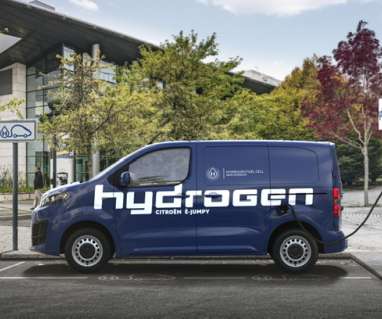Citroën introduces ë-Jumpy Hydrogen van
Green Car Congress
JUNE 4, 2021
Citroën is supplementing its range of electric LCVs with hydrogen technology to meet the needs of the 8% of companies required to make journeys of more than 300 km (186 miles) or lacking the time to recharge their vehicle during the day. Citroën says that the brand’s range will therefore meet all the needs in the segment. m) and XL (5.30





















Let's personalize your content